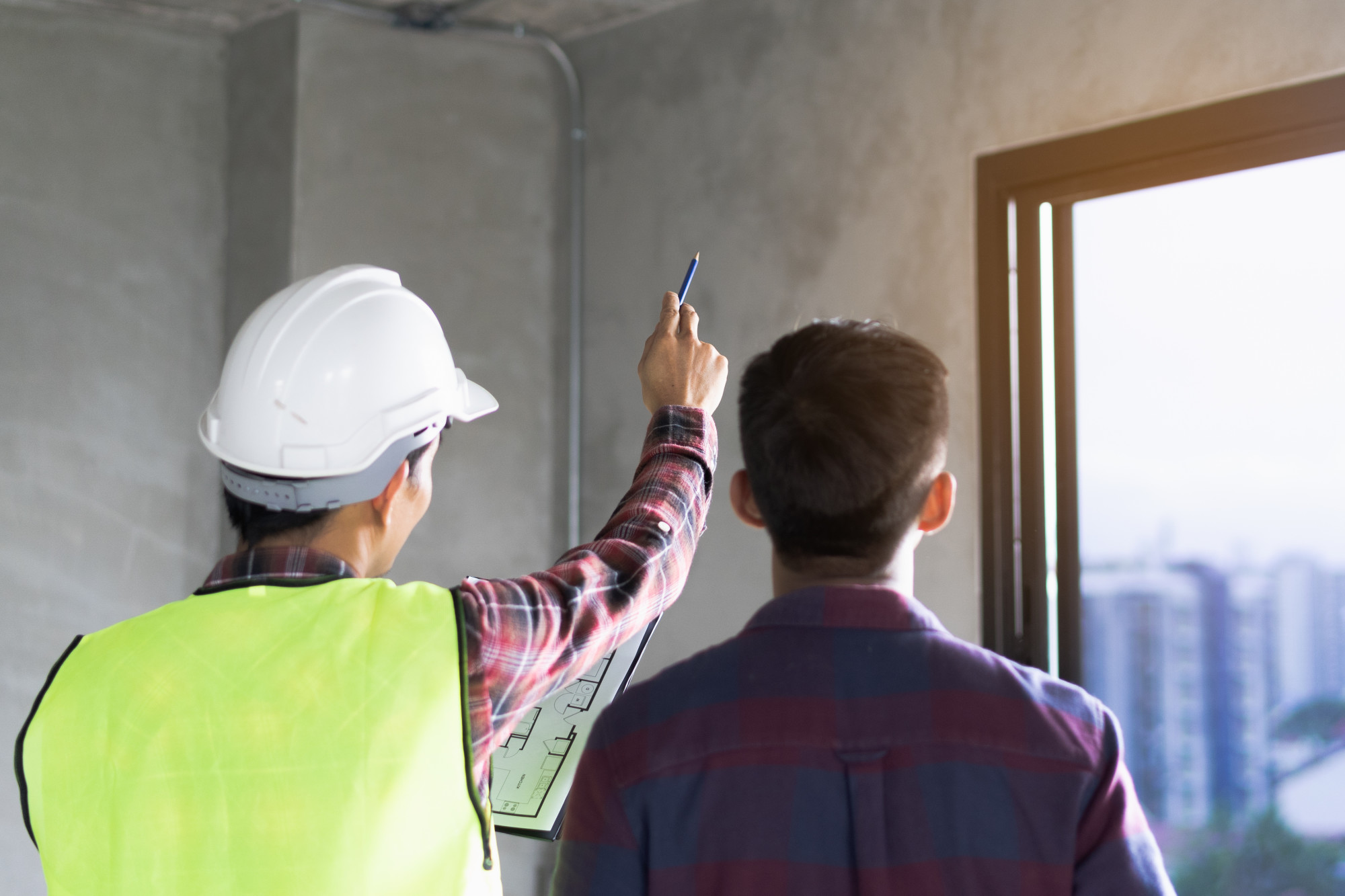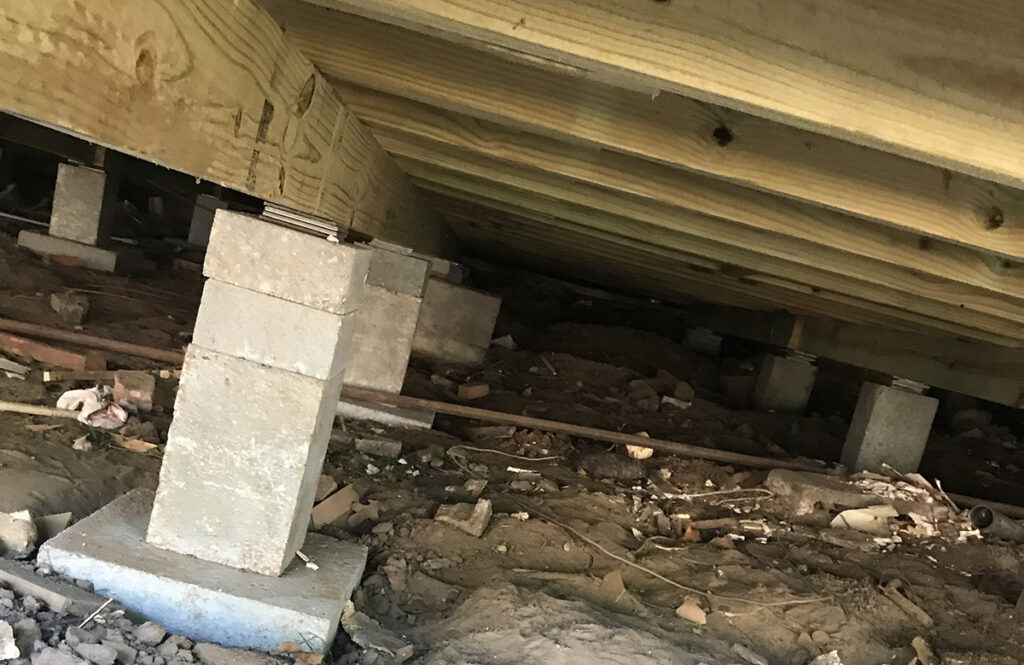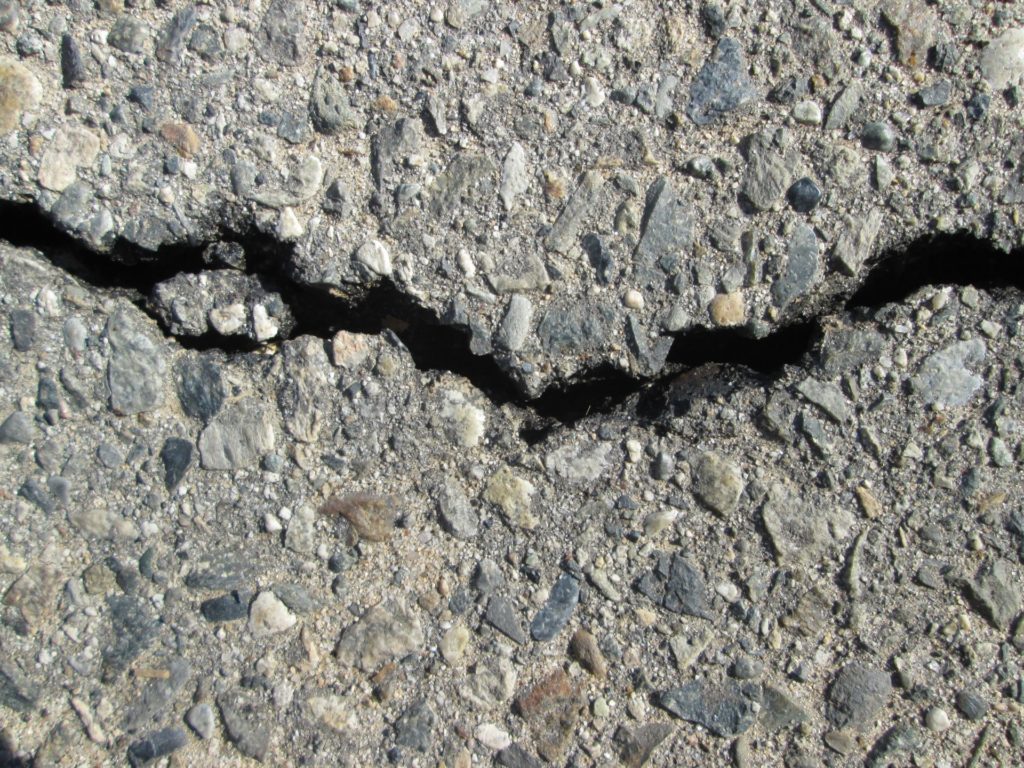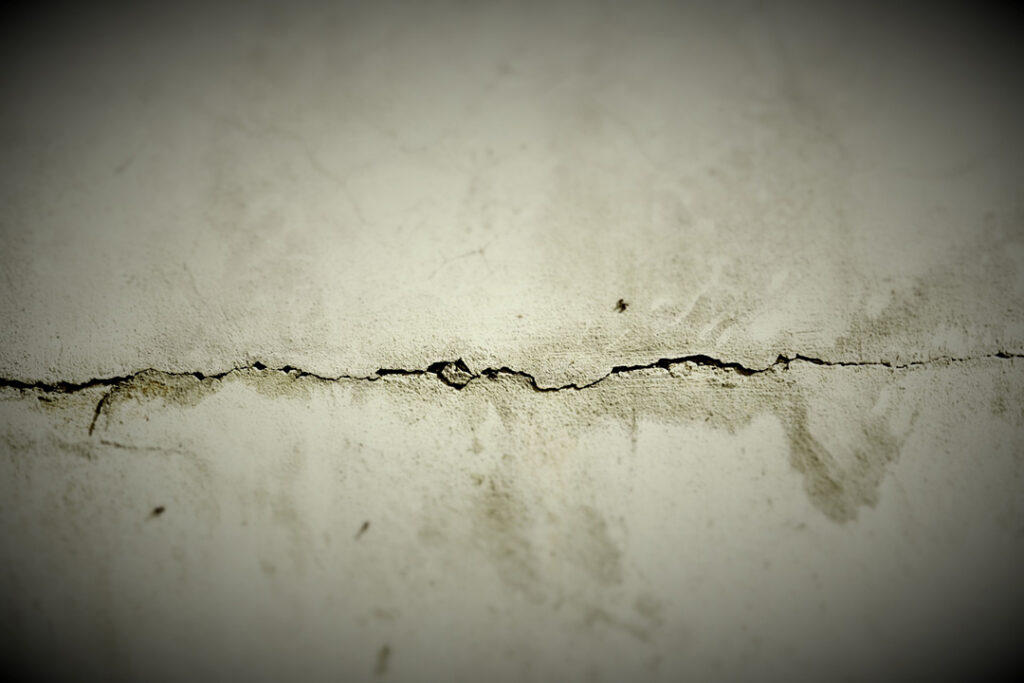Did you know a foundation repair can cost you anywhere from $2,000 to $7,500?
Cracks are a big cause for needing foundation repair, and knowing the signs to look for can help you identify things before they get too bad. Remember, having a small crack filled with epoxy might cost you a few hundred dollars, meaning you’re going to save thousands just by keeping a watchful eye out.
Luckily, we’re here to help you learn the warning signs of a cracked foundation. Read on for seven of the biggest ones.
What Can Cause a Foundation Crack?
Cracks are one of the most common issues that have to be addressed with home foundations. They’re caused by the building itself settling, or the soil around the structure putting pressure on it. Sometimes, you might find that the issue isn’t your foundation, it’s the soil around it.
Natural things like nearby tree roots or erosion can also affect your foundation, leading it to sink. The bigger the problem in these cases, the more you’re going to end up paying.
1. Zig-Zagged Cracks
If you only notice small, fine cracks on your exterior walls or the steps, you’re usually fine. However, if the cracks are large and form a zig-zag pattern, then that’s cause for concern.
Brick cracks or protruding bricks should also be checked. For bricks, the crack will typically look like a fissure running along the mortar of the bricks. Some cracking can be normal, but if you notice a particularly large one or several along the same wall, there might be underlying problems you should have inspected.
2. Interior Sheetrock Cracks
If you notice those same zig-zagging cracks on the sheetrock inside your home, that might also be a cause for concern.
Typically, these cracks will also run nearly the entire wall height, or you might notice one where the wall and ceiling meet. You should also have things checked out if you notice the wallpaper peeling away from the wall itself.
These cracks can sometimes be an indicator of water damage (especially if the cracks are in your basement), so the earlier you can have the problem addressed the better.
3. Uneven Floors
Slightly uneven floors aren’t usually anything to worry about, but if you drop something on the floor and it starts rolling the other way, you might have some problems. It’s best to measure just how slanted your floor is before calling out a professional, though. If it’s more than an inch or two, then you’ll know you’re making the proper call.
How to Measure
There are a few ways you can measure the slant on your floor.
The first is with a short level. The longer the level the better in this scenario, as it’s going to help you gain a clearer picture of your floor’s slope. You can also lay the level on a long 2×4 to help measure a longer distance.
The easier method is a laser level. They’re perfect for convenience, and a great self-leveling one is going to give you an accurate reading.
4. Doors Out of Square
Next, if you notice your doors are really out of square, or if there are cracks in the wall above the frame, it can be smart to have things looked at.
This problem could point to soil issues surrounding your home. Areas with expansive soil change in moisture content can wreak havoc, and it’s impossible to eliminate. There are ways to reduce the effects, though.
5. Window or Door Separating From Brick
Gaps in these areas are typically caused by different contraction and expansion rates dependent on temperatures and the building material itself. So, you’re likely to notice some kind of gapping between your windows or doors and the brick they’re attached to. It’s when you notice these gaps growing quickly, or pulling away completely, that you should call out a professional.
6. Expansion Joint Separation
An expansion joint is something installed in a structure to compensate for movement caused by shifting earth, changes in humidity, temperature, wind, or other events. A weak foundation, however, can cause so much separation that the joint eventually fails.
This can lead to more widespread cracking. On the other end, a failing joint can also cause the foundation to fail.
7. Rotting Wood
There are a few different places where rotting wood can be a problem — piers, beams, and your floors.
If your piers and beams are what’s rotting, other things could be causing the problem and it’s smart to look into everything before simply assuming it’s the foundation. Things like your basement’s humidity being too high, termites, carpenter ants, or water damage are more likely culprits. If you look at all these things and still come up empty, it’s best to start looking at potential foundation problems.
The case is often the same with your floors. If you notice your floors start to feel springy, it’s usually best to have a professional come out to diagnose the issue rather than trying to figure it out for yourself.
Do You Have a Cracked Foundation?
After reading this, you might make note of a few areas you’d like to double-check around your home. Whether it’s that randomly cracked tile or a growing line on the outside of your home, it’s wise to at least do a general inspection a few times a year. Remember, that a 30-minute cracked foundation assessment could potentially save you thousands later down the line.
If you find some signs you’re worried about, though, we can help. Contact us today for a free home evaluation.







